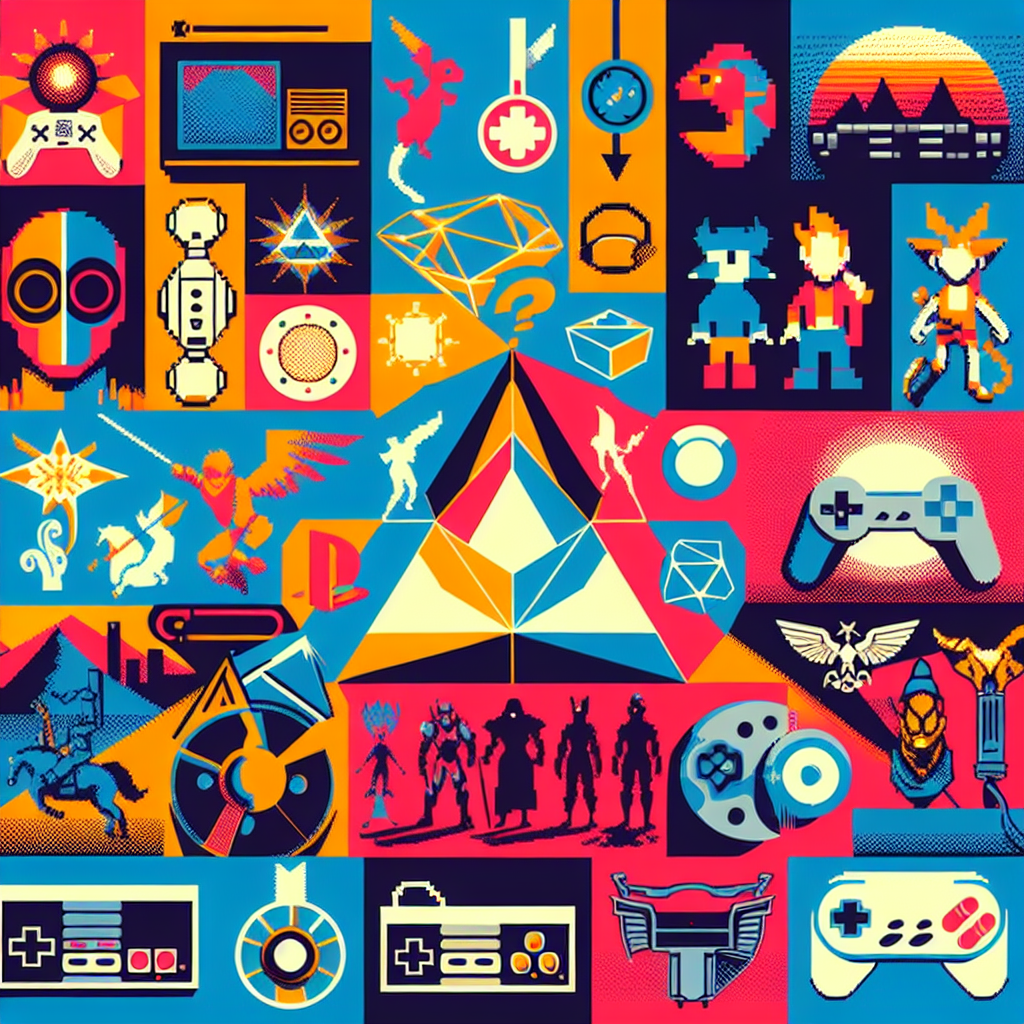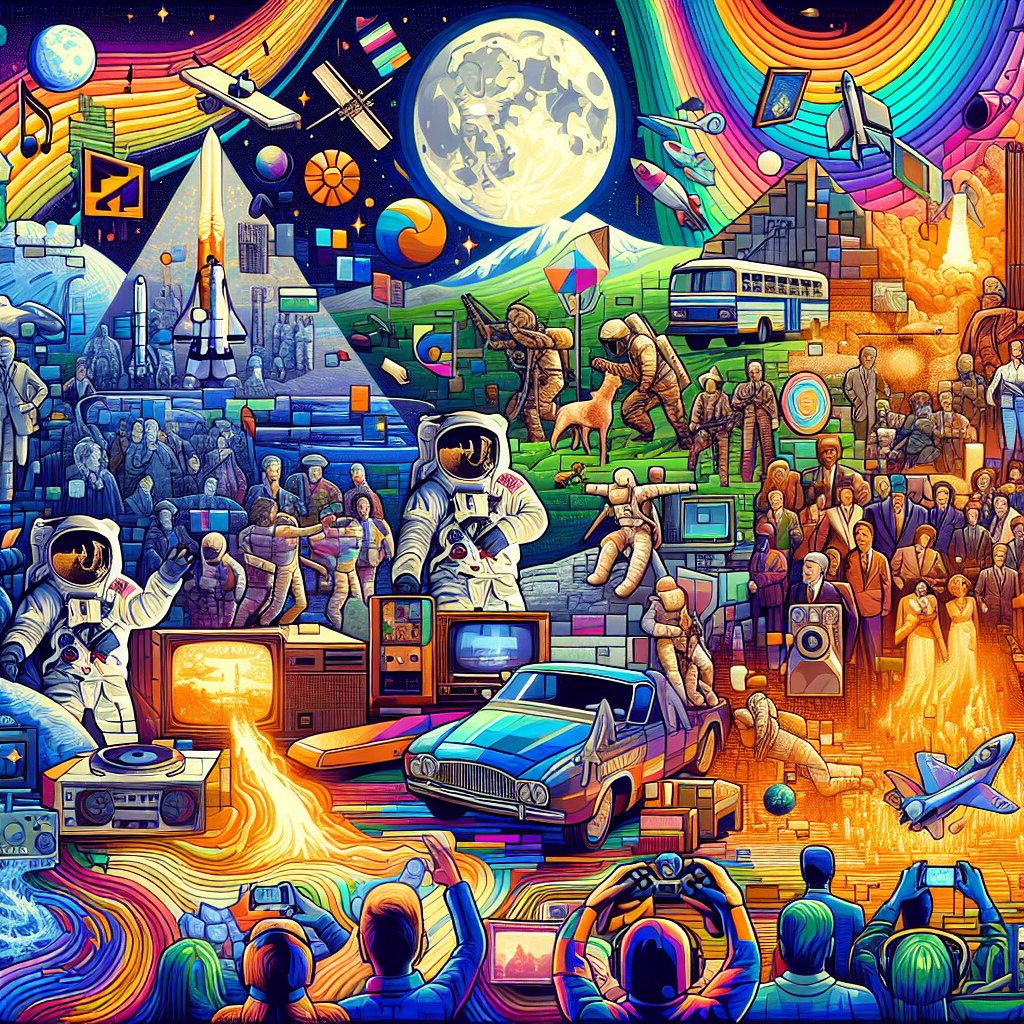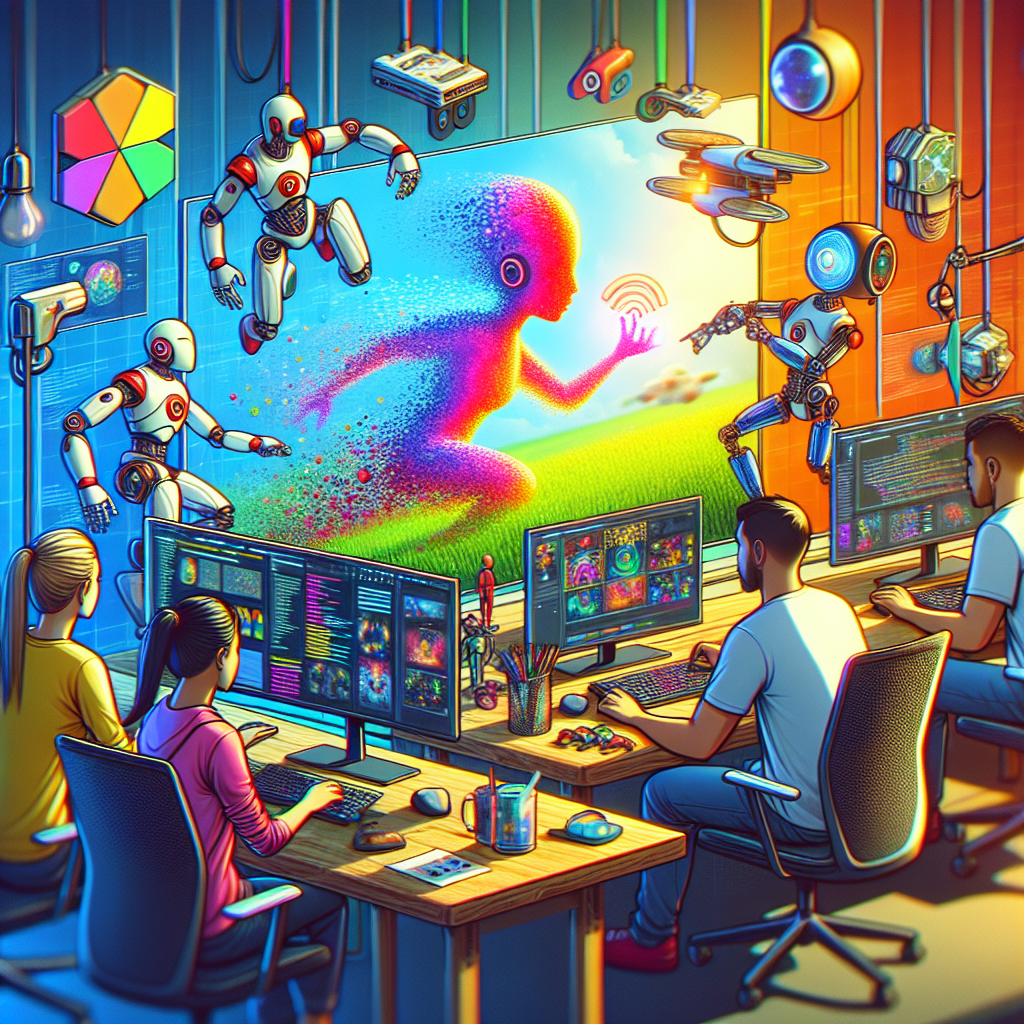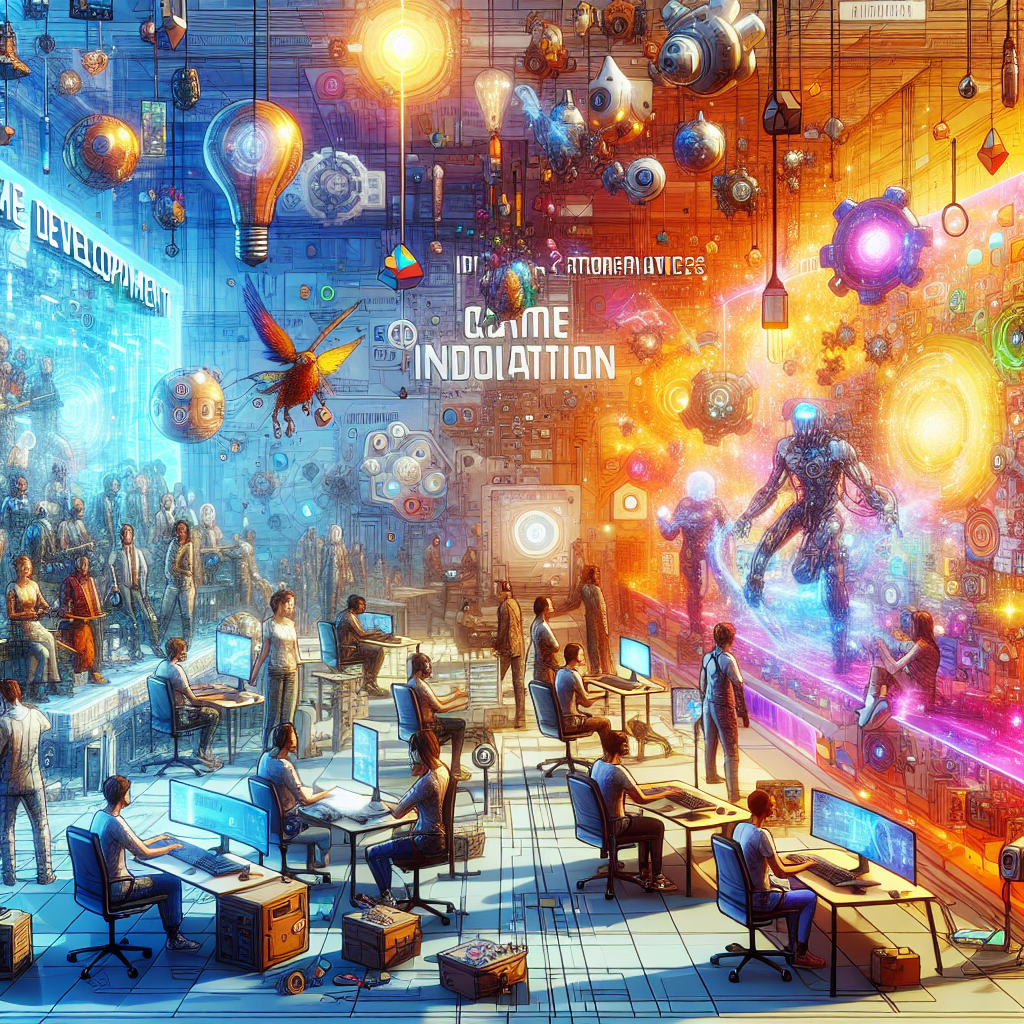In the world of gaming, few titles manage to achieve the status of being a game truly timeless. These games resonate across generations, captivating players regardless of the era in which they were released. But what exactly makes a game truly timeless? Let’s delve into the elements that contribute to this enduring appeal.
Engaging Storytelling
One of the primary factors that elevate a game to timeless status is its storytelling. A compelling narrative can draw players in, making them invested in the characters and their journeys. Games like “The Legend of Zelda: Ocarina of Time” and “Final Fantasy VII” are prime examples where storytelling transcends the medium, creating emotional connections that players remember long after the game ends. By weaving rich narratives, developers can craft experiences that resonate with players on a personal level.
Innovative Gameplay Mechanics
Another critical aspect contributing to the status of a game truly timeless is its gameplay mechanics. Games that introduce innovative ideas or refine existing mechanics often stand the test of time. For instance, the original “Super Mario Bros.” revolutionized platforming with its tight controls and level design, setting a standard for countless games that followed. Players appreciate engaging gameplay that challenges them while remaining accessible, ensuring they return to these classics time and again.


Moreover, a game that encourages exploration and creativity tends to leave a lasting impact. Titles like “Minecraft” allow players to build and create their own experiences, fostering a sense of ownership that keeps them coming back.
Community and Cultural Impact
A game truly timeless often fosters a strong community and cultural impact. Games that spark discussions, inspire fan art, or lead to competitive play create a vibrant ecosystem around them. The enduring popularity of games like “Street Fighter” and “World of Warcraft” can be attributed to their dedicated communities and ongoing relevance in pop culture. These games not only provide entertainment but also become a part of social experiences, uniting players across the globe.
Additionally, the ability of a game to adapt to new technologies can contribute to its timelessness. For example, remastered versions of classic games allow new generations to experience the magic, while also catering to nostalgic players. Developers can maintain the essence of the original while improving graphics and mechanics, ensuring that the game remains relevant in the modern landscape.
In conclusion, numerous factors contribute to what makes a game truly timeless. From engaging storytelling and innovative gameplay mechanics to a strong community and cultural impact, these elements work together to create experiences that resonate for years. As we look to the future of gaming, recognizing these timeless qualities can guide developers in crafting the next generation of classics. For more insights on game design and development, check out resources like [Gamasutra](https://www.gamasutra.com) and [Game Developer](https://www.gamedeveloper.com).
Some content and/or images on this page were created using AI.





